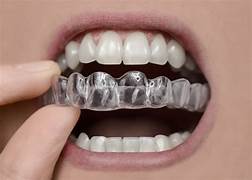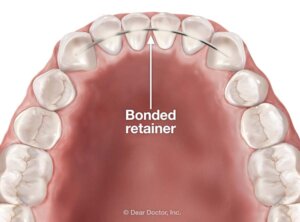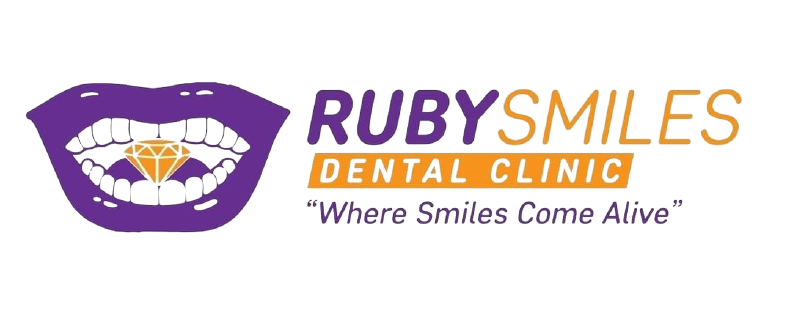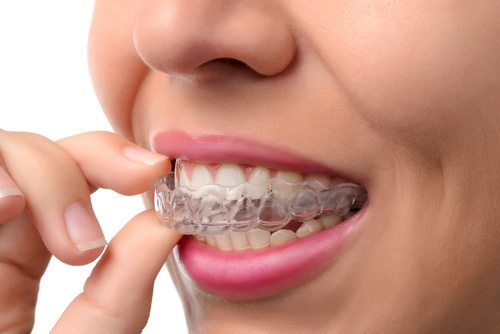What’s Next After Braces: RETAINERS
Congratulations! You’ve successfully completed your orthodontic journey and said goodbye to your braces. Your beautifully aligned smile is the result of months or even years of dedication to your oral health. Therefore What next after braces? Retainers
The end of your braces treatment is just the beginning of the next phase: Post-orthodontic care. In this article, we’ll explore what to expect and what steps to take after braces to ensure your smile stays straight and healthy.
Retainers: Your New Best Friend
The first and most important step in post-orthodontic care is wearing retainers. After your braces are removed, your teeth have a tendency to shift back to their original positions. Retainers help maintain the alignment achieved by your braces and ensure your smile stays beautiful.
Types of Retainers:
There are two main types of retainers: removable and fixed. Your orthodontist will recommend the most suitable option for you. Removable retainers are worn for a while,


While fixed retainers are bonded to the back of your teeth forever.
Key details to note while with retainers
- Consistency is Key:
It’s essential to wear your retainers as directed by your orthodontist. Neglecting to do so can lead to relapse, meaning your teeth may gradually shift out of alignment.
- Follow-Up Appointments
After your braces are removed, your orthodontist will schedule follow-up appointments to monitor the progress of your teeth and the effectiveness of your retainers. These appointments are crucial to address any issues that may arise and make necessary adjustments to your treatment plan.
- Maintain Excellent Oral Hygiene
Proper oral hygiene is essential to maintain your newly straightened teeth and overall oral health. Follow these steps:
- Regular Brushing and Flossing:
Continue to brush your teeth at least twice a day and floss daily. Pay extra attention to cleaning around your retainers or any orthodontic appliances.
- Dental Cleaning and check-ups:
Schedule regular dental check-ups and cleanings to ensure your teeth and gums remain healthy. Your dentist will also assess the condition of your retainers and make any necessary recommendations.
- Healthy Diet:
Avoid hard, sticky, or overly sugary foods that can damage your teeth or orthodontic appliances. Opt for a balanced diet rich in fruits and vegetables to maintain strong teeth.
- Protect Your Smile
If you participate in contact sports or activities that could potentially lead to dental injuries, it’s a good idea to wear a mouthguard. A customized mouthguard can help protect your teeth and orthodontic appliances from damage.
- Gradual Transition
As you transition into life without braces, there may be some adjustments needed:
- Speech: It may also take time to adapt to speaking without braces. Practice speaking clearly to regain your normal speech patterns.
- Eating: Initially, you will find it a bit challenging to eat certain foods without braces. Take it slow and be cautious until you get used to your new smile.
- Enjoy Your New Smile
Finally, after all the hard work and dedication, take the time to appreciate and enjoy your beautifully aligned smile. Smile confidently, and embrace the newfound self-assurance that comes with having a straight, and healthy smile.
Conclusion
Completing your braces treatment is a significant milestone, but it’s not the end of your orthodontic journey. Hence to maintain your straight smile, it’s crucial to follow your orthodontist’s recommendations on retainers, attend follow-up appointments, and prioritize excellent oral hygiene.
With proper care and attention, your beautiful smile will last a lifetime, and you’ll continue to reap the benefits of your orthodontic investment.

